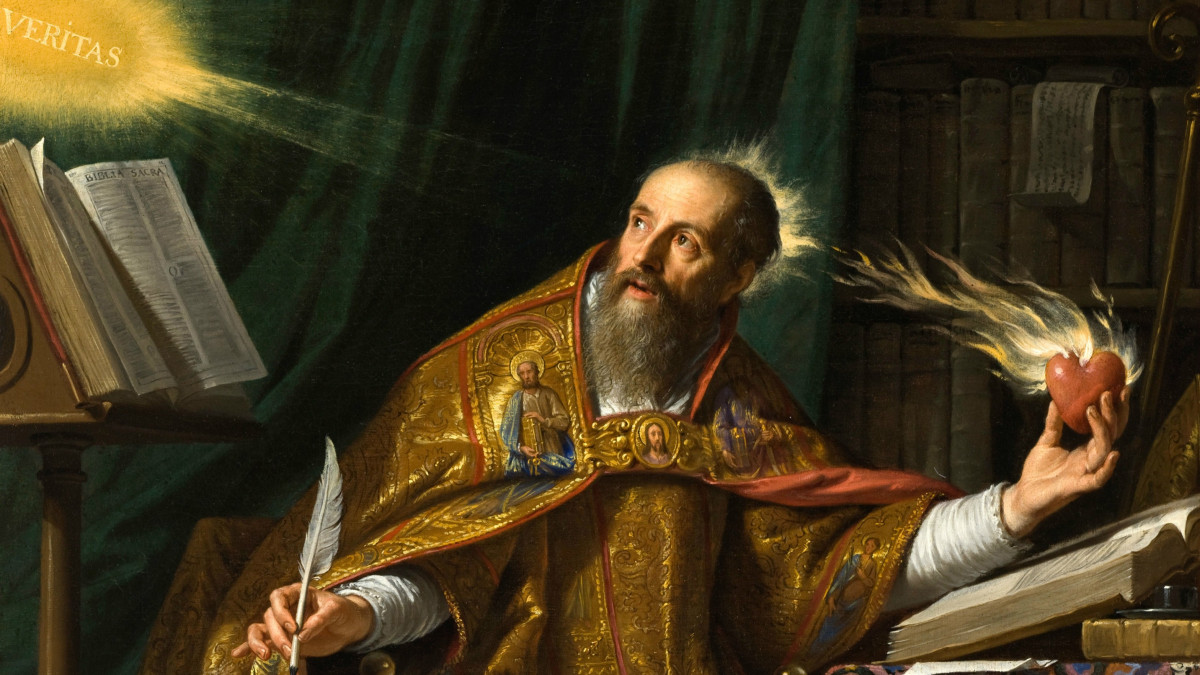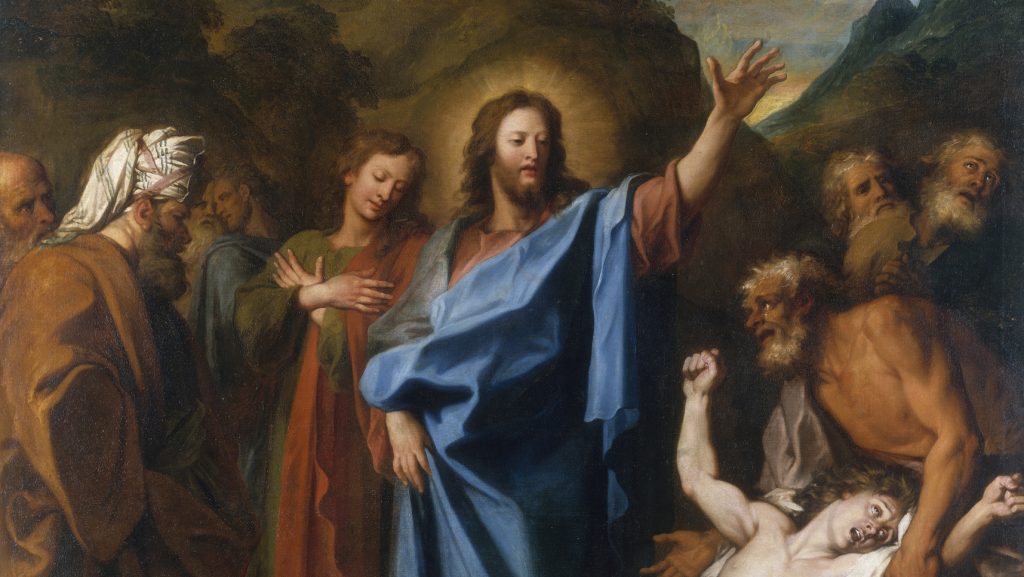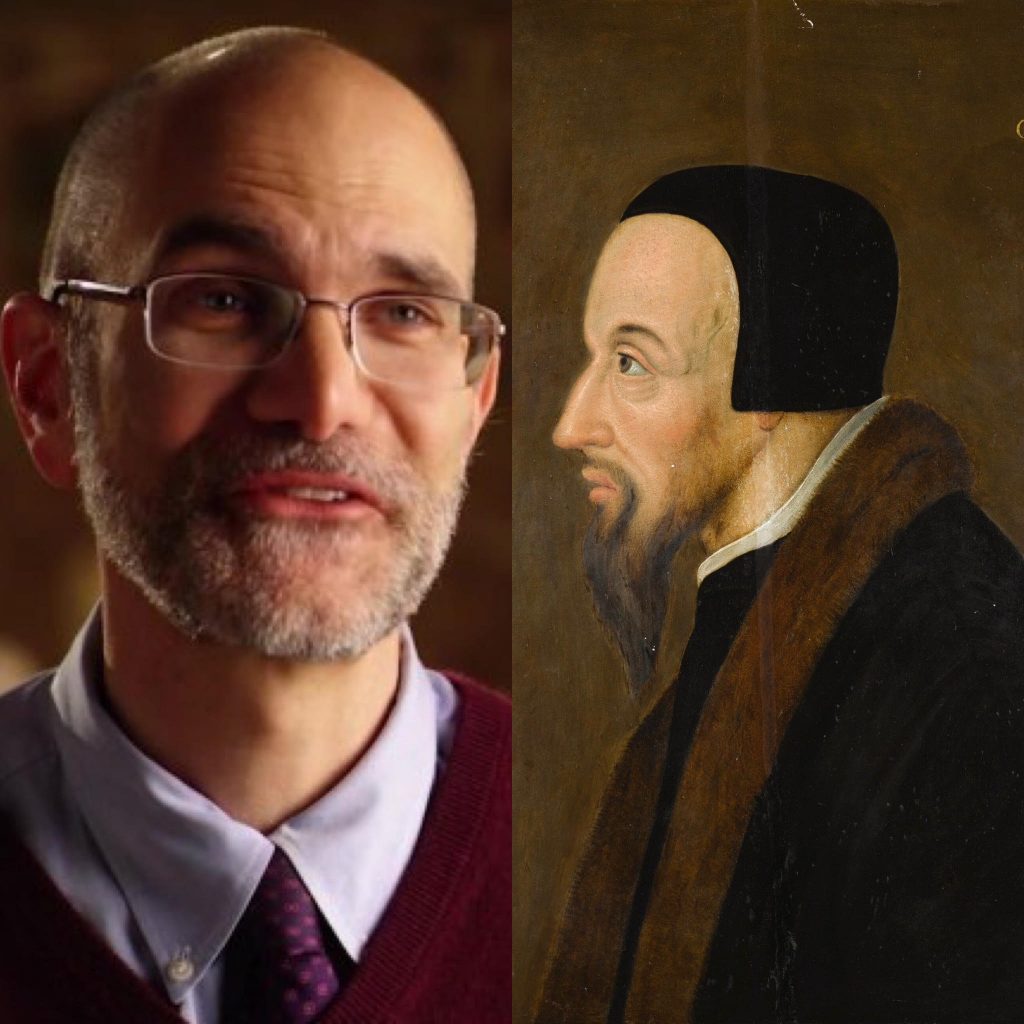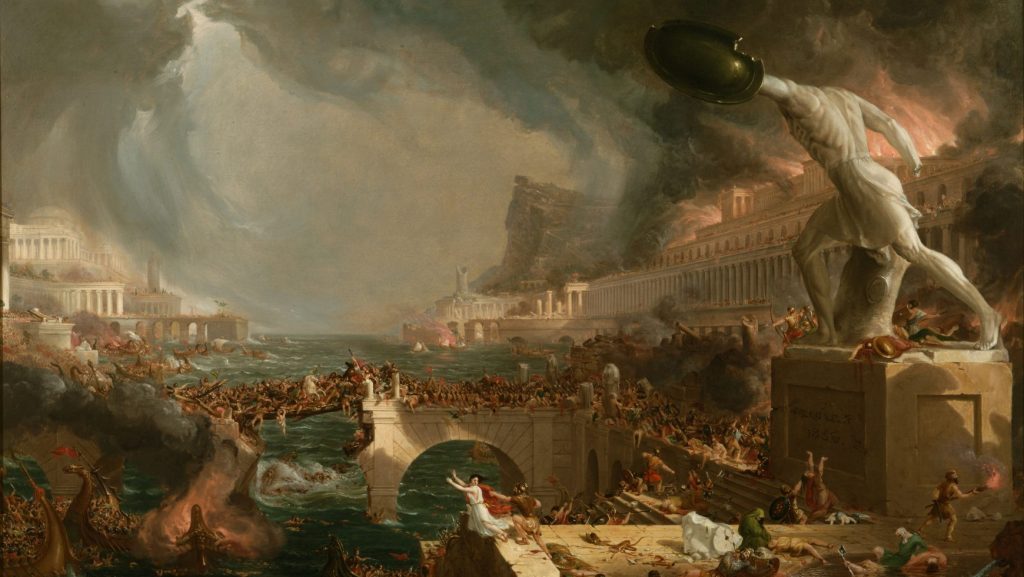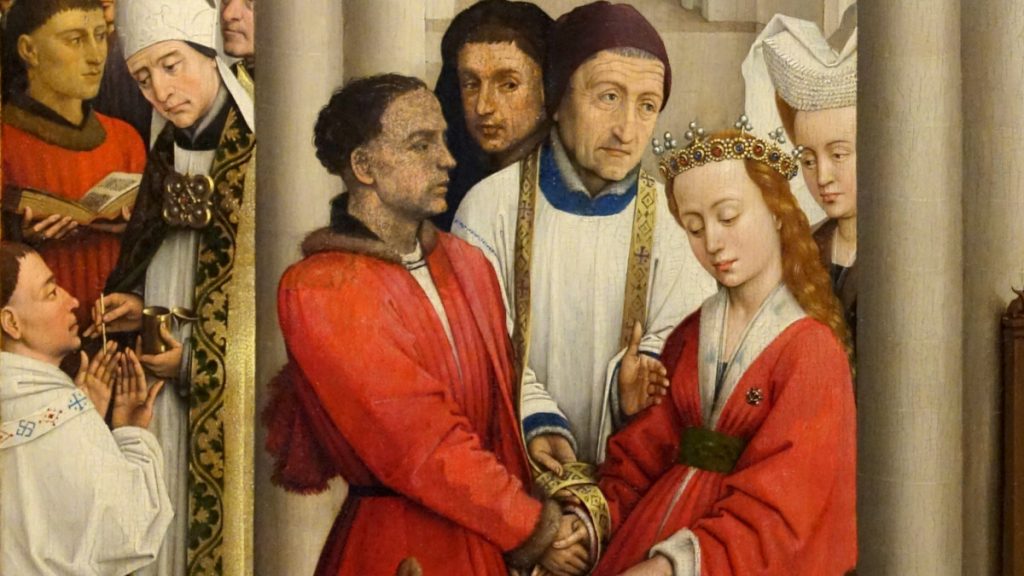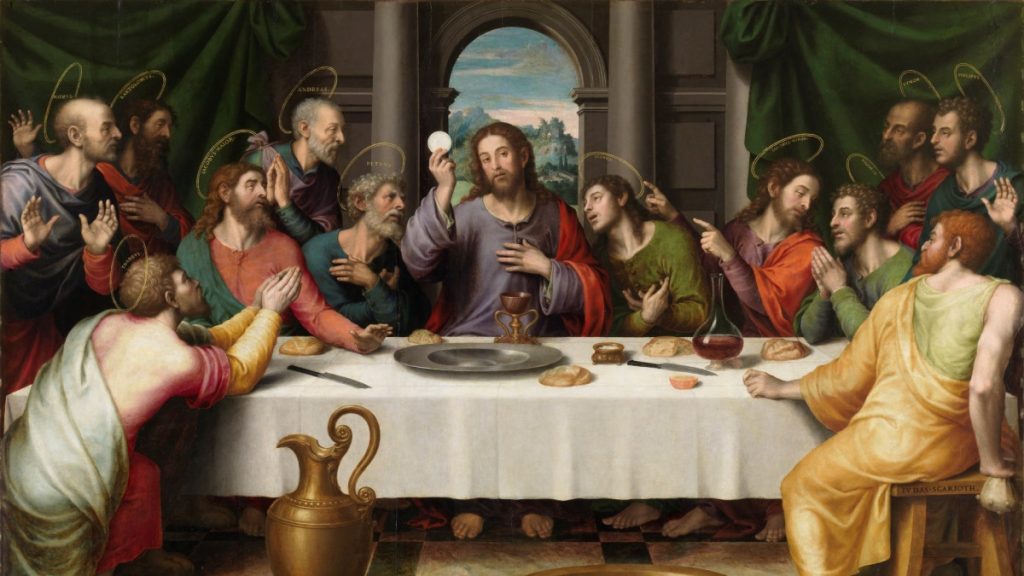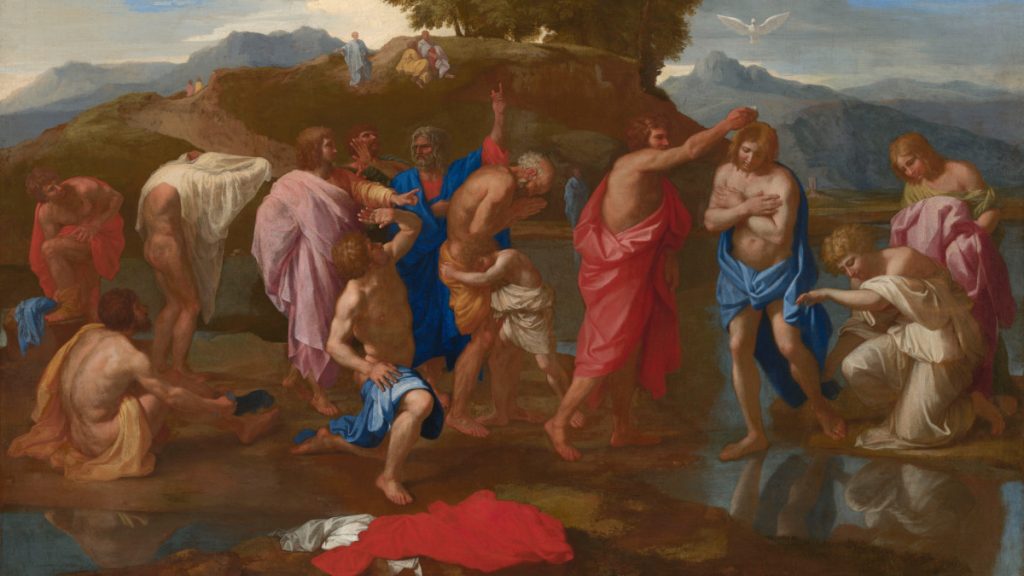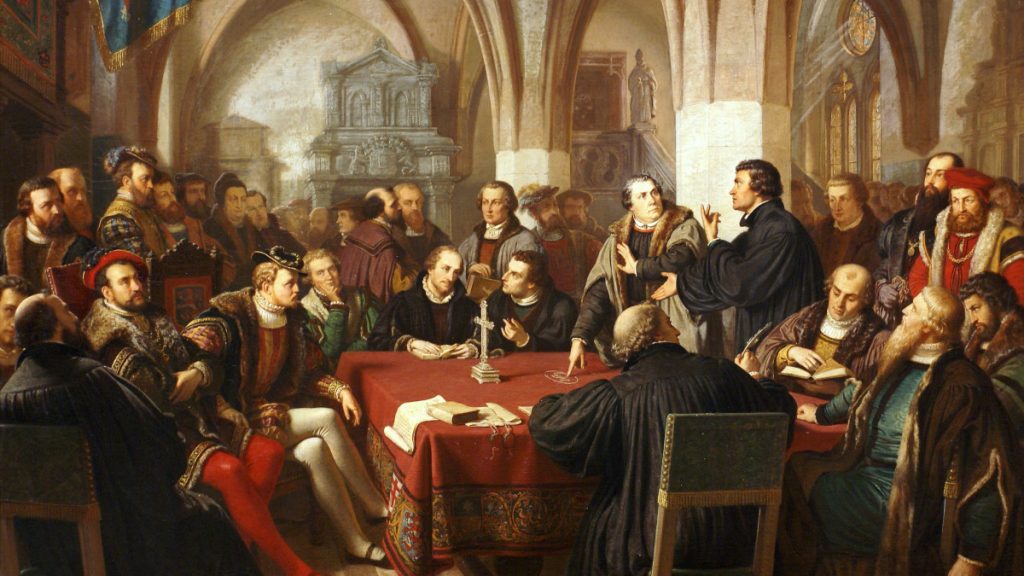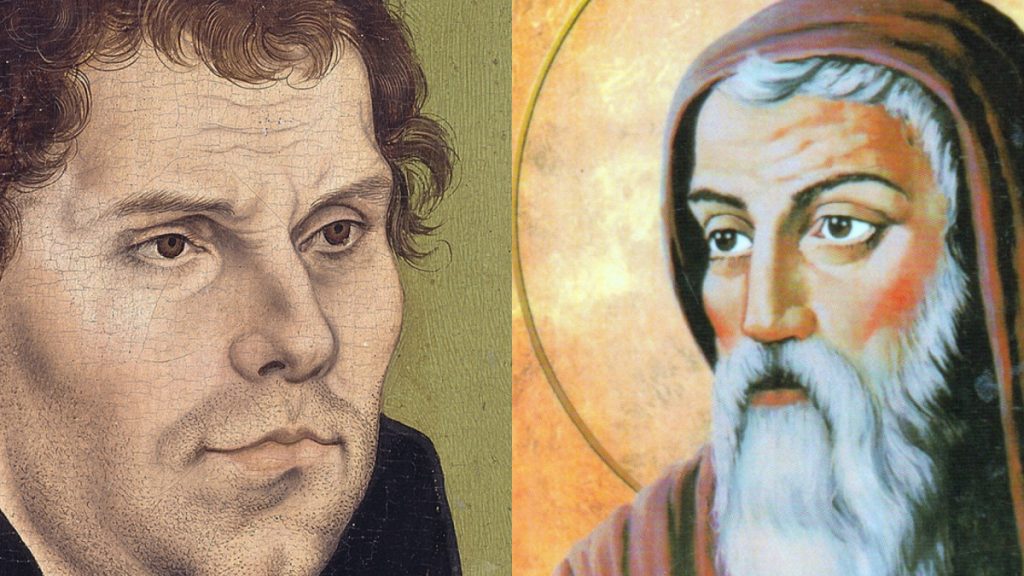Introduction
Throughout the writings of the Church Fathers, one is overwhelmed by the ubiquitous references to the “Catholic Church.” This is one of the many reasons protestant and other non-Catholic readers who read the Church Fathers end up Catholic. After all, if the one true Church established by Christ was, and has always been identified as the “Catholic Church” century after century, then that is where they want to be.
In this mini-series, Where is the True Church?, we will cover specific works of various Church Fathers where those who are open to considering Catholic claims can see for themselves how the Church Fathers described the one true Church.
Roadmap
Our Roadmap is as follows:
- Our thesis is that St. Augustine describes the one true Church as the Catholic Church in both name and features. We will show this by:
- Citing the words of his work Against the Fundamental Letter of Manichaeus, addressed to believers of the Manichaean heresy, on the nature of the one true Church; followed by a
- Summary of the various features of this one true Church described by St. Augustine, and showing how they continue to align with only one “denomination” to this day, namely the very same Catholic Church.
St. Augustine’s Against the Fundamental Letter of Manichaeus
This first installment will cover St. Augustine’s Against the Fundamental Letter of Manichaeus, written in 397. In it, St. Augustine writes against the Manichaean heresy, and specifically one of Manichaeus’ more important writings. Therein, he is quite clear about what he considers the one true Church, and its various characteristics (Ch. 4, §5):
For in the Catholic Church, not to speak of the purest wisdom, to the knowledge of which a few spiritual men attain in this life…not to speak of this wisdom, which you do not believe to be in the Catholic Church, there are many other things which most justly keep me in her bosom.
The consent of peoples and nations keeps me in the Church.
So does her authority, inaugurated by miracles, nourished by hope, enlarged by love, established by age.
The succession of priests keeps me, beginning from the very seat of the Apostle Peter, to whom the Lord, after His resurrection, gave it in charge to feed His sheep, down to the present episcopate.
And so, lastly, does the name itself of Catholic, which, not without reason, amid so many heresies, the Church has thus retained; so that, though all heretics wish to be called Catholics, yet when a stranger asks where the Catholic Church meets, no heretic will venture to point to his own chapel or house.
Such then in number and importance are the precious ties belonging to the Christian name which keep a believer in the Catholic Church, as it is right they should, though from the slowness of our understanding, or the small attainment of our life, the truth may not yet fully disclose itself.
But with you, where there is none of these things to attract or keep me, the promise of truth is the only thing that comes into play. Now if the truth is so clearly proved as to leave no possibility of doubt, it must be set before all the things that keep me in the Catholic Church; but if there is only a promise without any fulfillment, no one shall move me from the faith which binds my mind with ties so many and so strong to the Christian religion.
St. Augustine even declares that his belief in the gospel depended upon the authority of the Catholic Church (Ch. 5, §6):
For my part, I should not believe the gospel except as moved by the authority of the Catholic Church. So when those on whose authority I have consented to believe in the gospel tell me not to believe in Manichaeus, how can I but consent? Take your choice.
In the same section, he goes on to say that he could not believe Manichaeus’ claims about the gospel because “it was at the command of the Catholics that I believed the gospel.” St. Augustine does not believe in the Manichaean heresy, he says, because the Catholic Church commands him not to. The Manicheans were attempting to “weaken my regard for the authority of the Catholics who bid me not to believe you,” but this St. Augustine would not do.
To believe Manichaeus, he claims, would be to weaken his belief not only in the Catholic Church, but the gospel itself, for it was not the authority of Manichaeus that gave the gospel to the world, but that of the Catholic Church.
It would also destroy his belief in Scripture, which he also accepted on the basis of Catholic authority, “for you [Manichaeans] quote to me that Scripture which I had believed on the authority of those liars [Catholics].” Citing the book of Acts specifically, St. Augustine speaks of it as a “book I must needs believe if I believe the gospel, since both writings [the Gospels, and the book of Acts] alike Catholic authority commends to me.”
This is why St. Augustine claims that the Catholic Faith brings certainty, not mere opinion (Ch. 14, §17):
For I profess the Catholic faith, and by it I expect to attain certain knowledge.
Likewise, he later asserts that it is possible for all to avoid heresy if they remain within and learn from the Catholic Church (Ch. 23, §25):
[Manichaeans can] if they are content to be nourished with milk from the breast of the Catholic Church, and do not rush headlong into rash opinions, but cultivate in the Church the pious habit of inquiry, and there ask that they may receive, and knock that it may be opened to them, begin to understand spiritually the figures and parables of the Scriptures…And the more progress they make in this understanding, the more are they confirmed as Catholics.
The One True Church According to St. Augustine
Thus, according to St. Augustine in his work Against the Fundamental Letter of Manichaeus, the one true Church:
- Is the Catholic Church;
- Began in the first century with the help of various miracles;
- Consists of multiple peoples and nations;
- Is established by its preeminent age;
- Consists of a succession of priests beginning from the seat of St. Peter in Rome to the present day, which itself was directly established by Christ (alluding to John 21:15-17);
- Is known not only by its own members, but even heretical and schismatic groups as the “Catholic Church,” who sometimes wish to ascribe it to themselves, but never do so when anyone asks them, “Where is the Catholic Church?”;
- Is the only Church to which every believer should belong;
- Possesses authority to teach the Gospel, which St. Augustine says was sufficient so as to commend the Gospel and the Scriptures to him for belief;
- Is acknowledged and called the “Catholic Church” from age to age even amidst the rise and fall of so many heresies;
- Has the authority to identify heretics who should not be believed, and whose teaching contradicts the Gospel which it alone has the authority to promulgate to the world.
There is only one “denomination” that today makes the same exact claims to being the one true Church as St. Augustine, and is likewise known by its members and the outside world by the same name: the Catholic Church.
